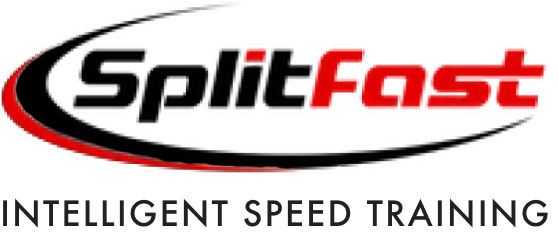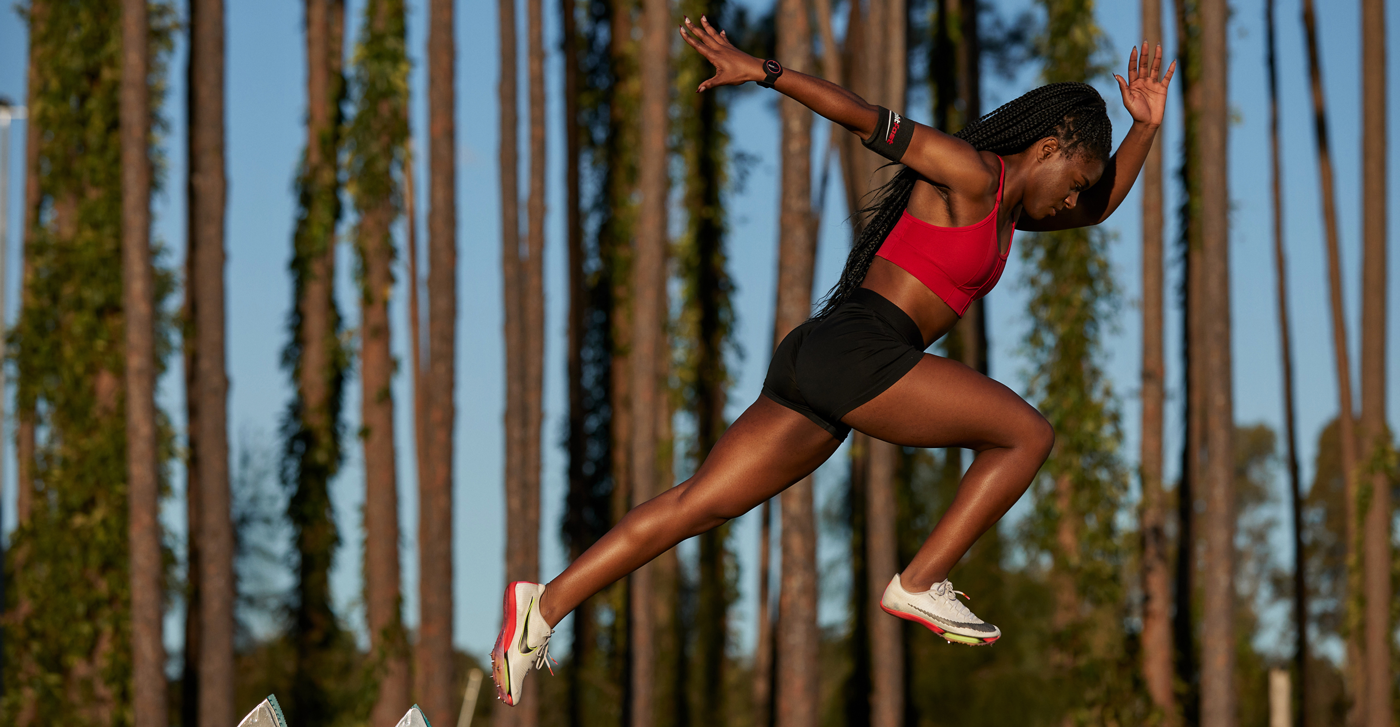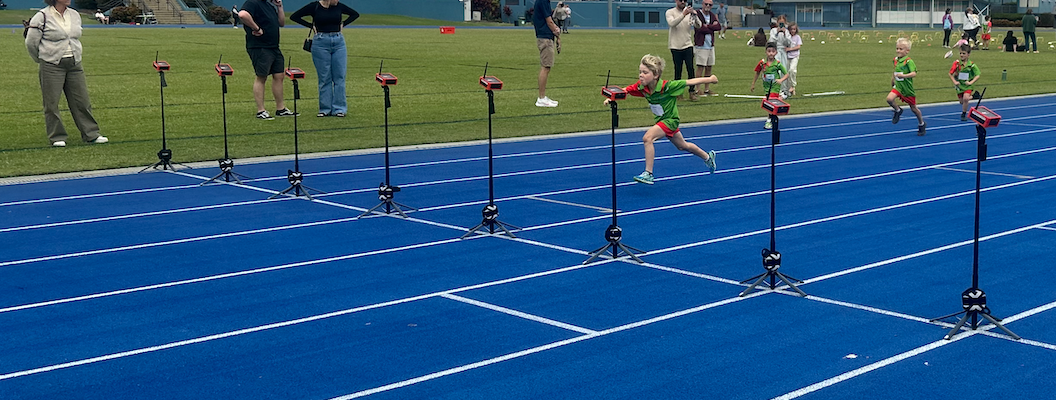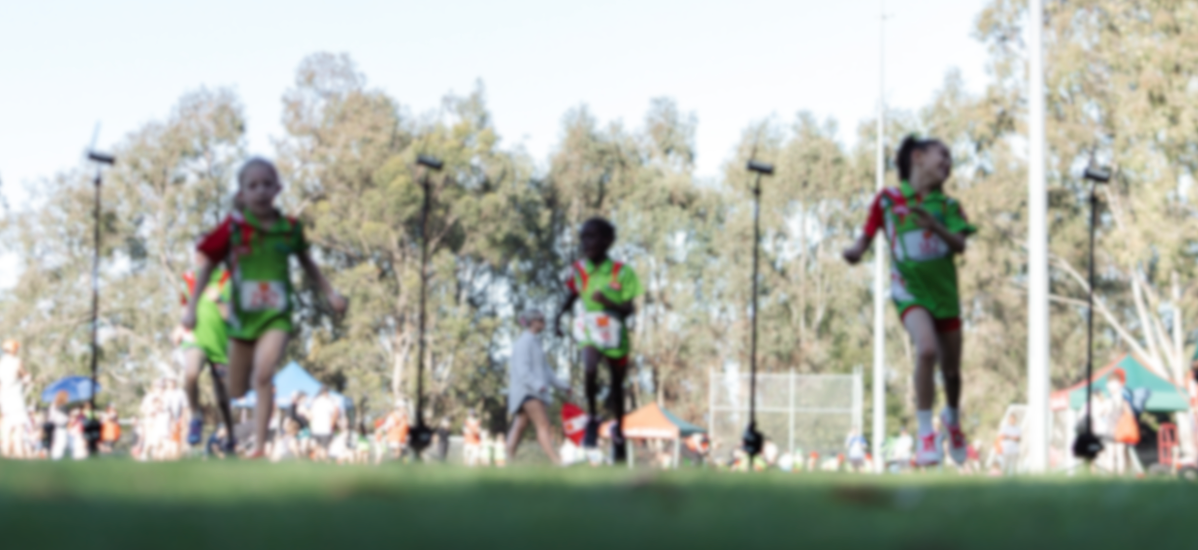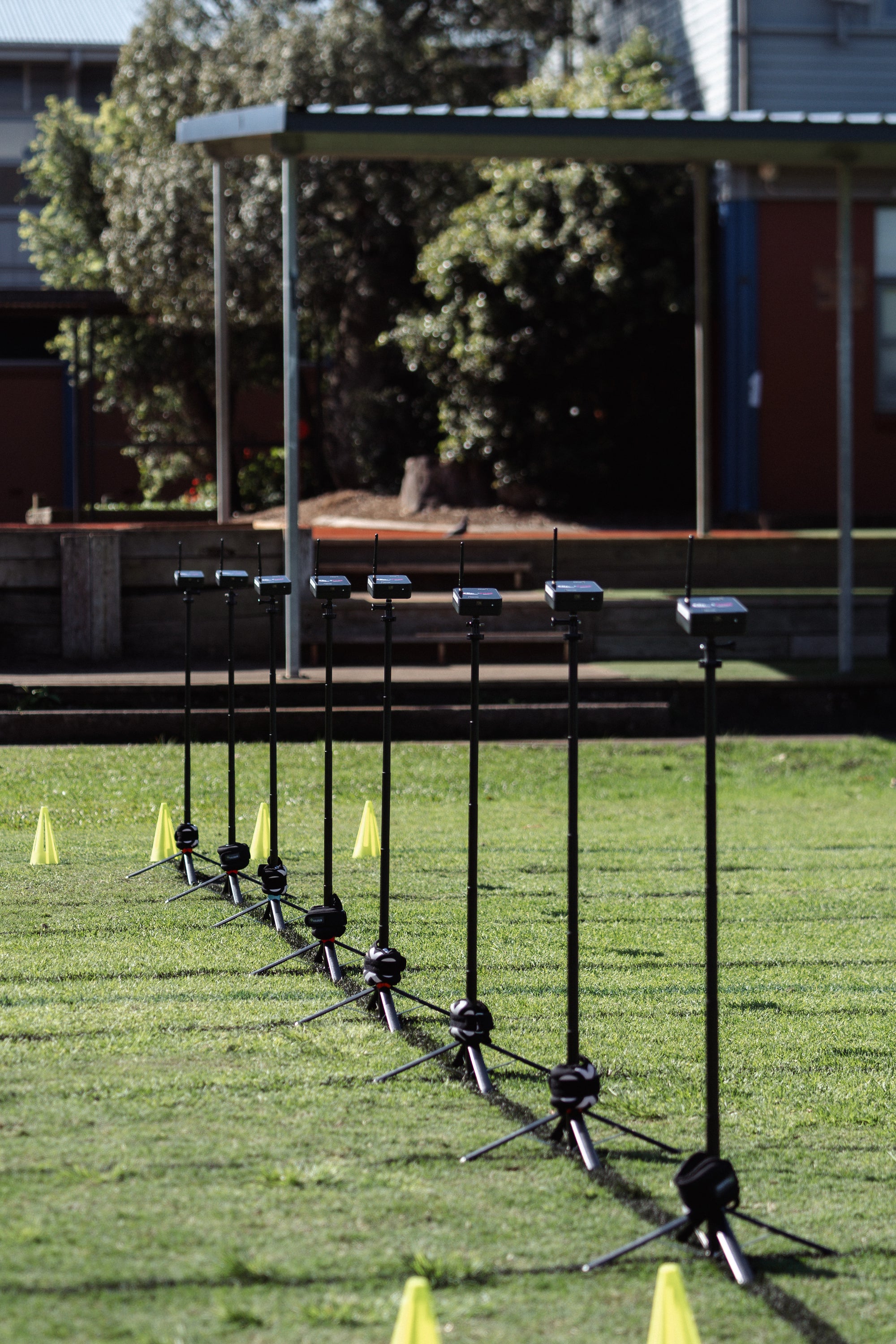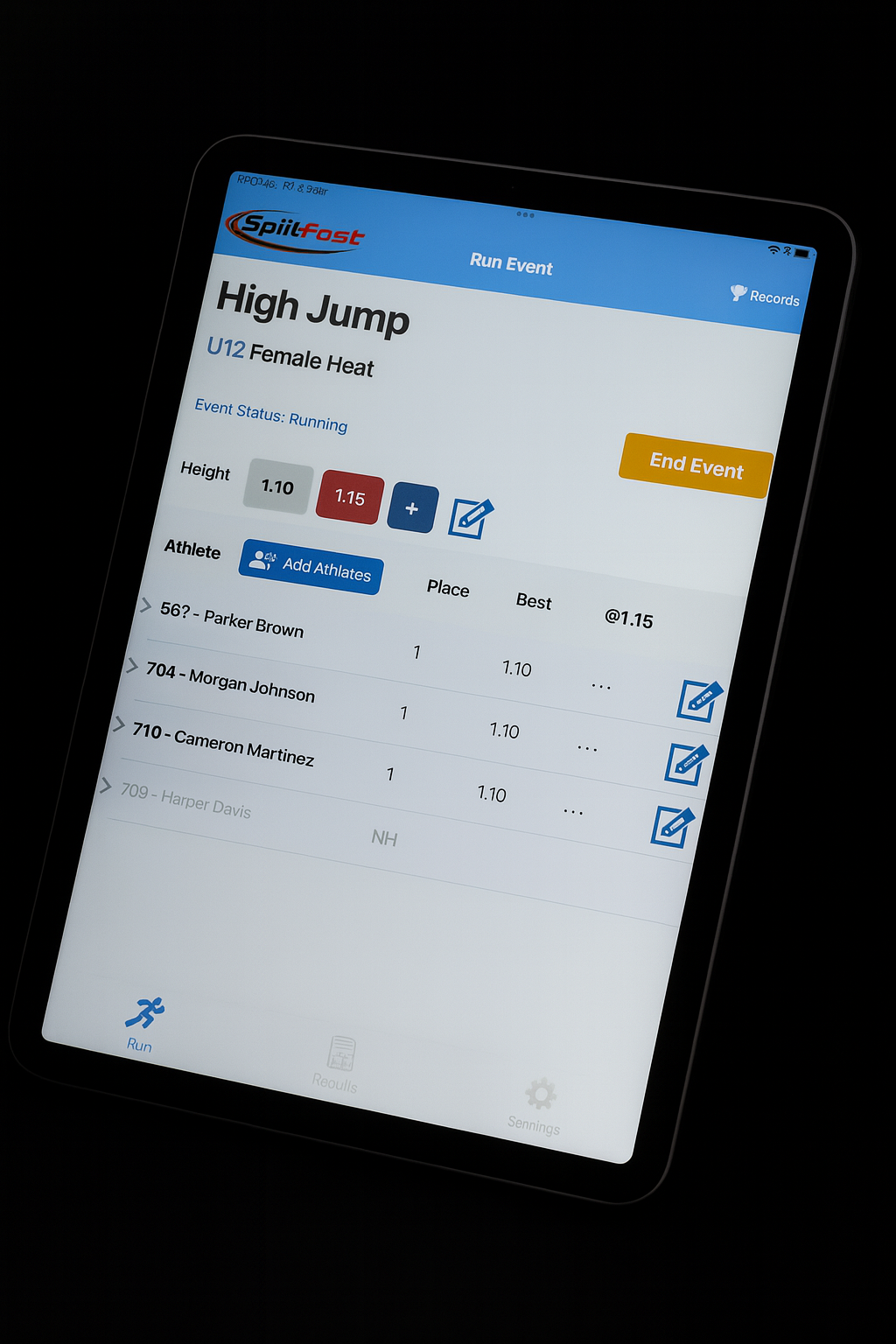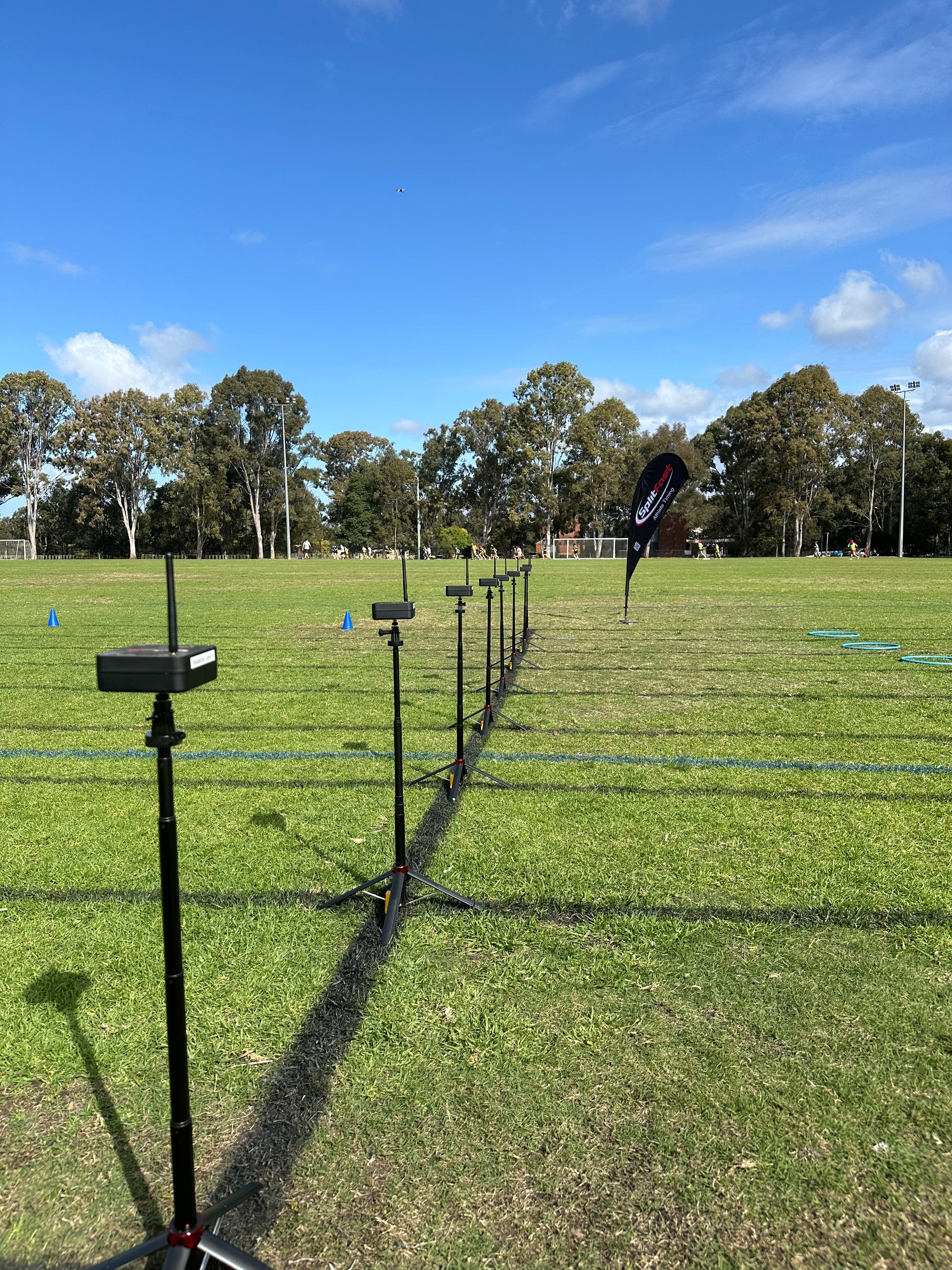Relationship between traditional and ballistic squat exercise with vertical jumping and maximal sprinting
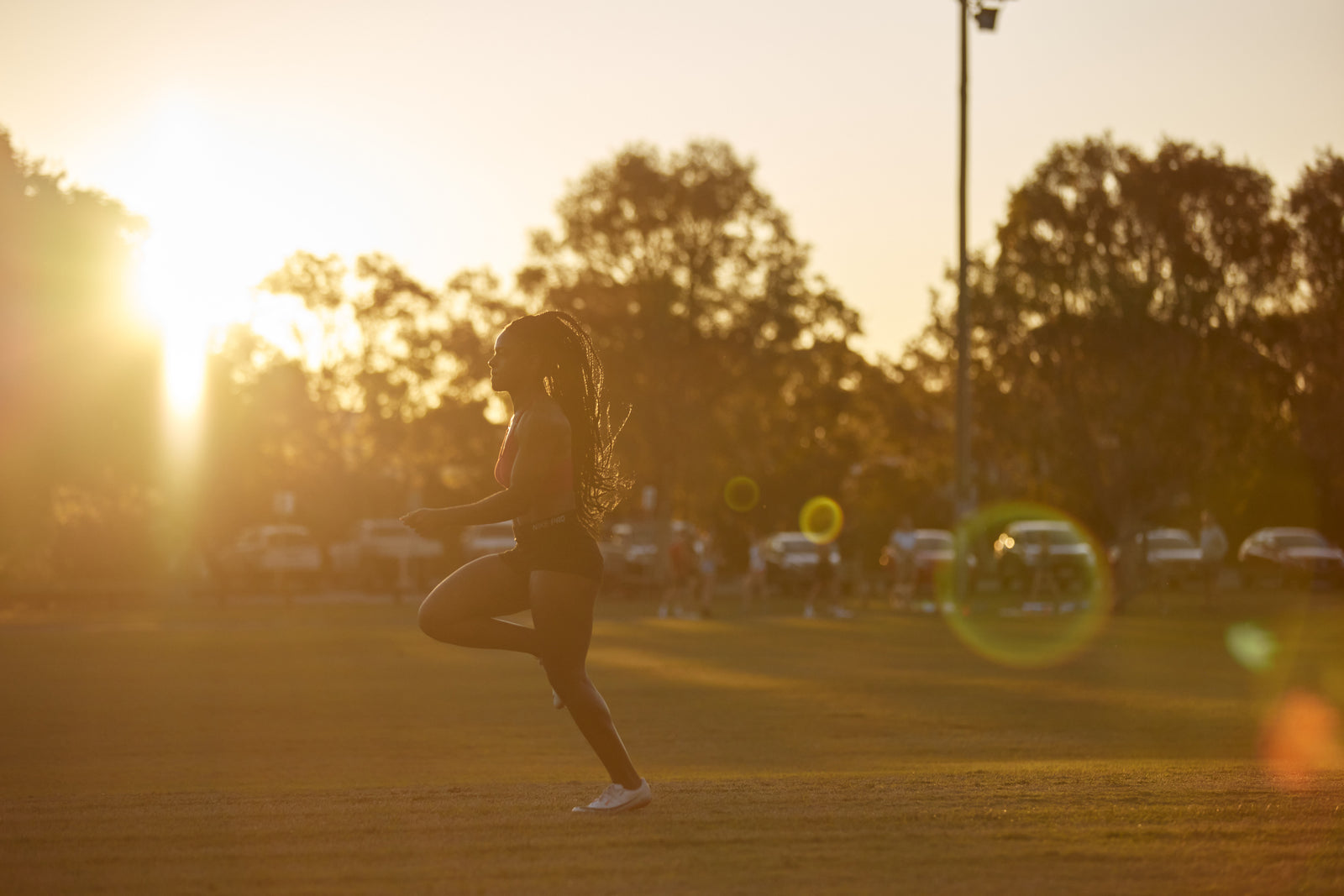
Bernardo Requena, Inmaculada Garcı́a, Francisco Requena, Eduardo SáEz-SáEz De Villarreal, and John B. Cronin
Journal Of Strength and Conditioning Research, May 2011.
To understand the value of this study, a clear distinction needs to be made between the various forms of the squat exercise.
A traditional squat sees the bar come to a full stop at the end of knee extension, the athlete's heels should never leave the floor. A Ballistic Squat (or Jump Squat) on the other hand sees the athlete attempt to accelerate the bar over a greater range. This results in their heels, or even their entire foot, leaving the ground at the end of knee extension.
There has been a lot of discussion about the relative merits of each type of exercise and their relationship to the development of running speed.
To shed some light on the subject, Requena and his associates compared both the Traditional and Ballistic Squat with performance in the vertical jump, and sprinting over 10, 20, 30, 40, 60 and 80m.
The subjects they selected were all semi-professional sprinters with at least 5 years of weight training experience. Maximum squat testing was performed on a Smith machine. The subjects had to hold the bottom position for 2 seconds with their knee at 100⁰. A force platform was used to calculate average and peak power as they attempted to move the bar as fast as possible.
For specific results you should get hold of the original article. But in summary, their results showed a statistically significant relationship between both forms of squat exercise, when expressed as a percentage of body weight, and practically all of the distances recorded. These relationships where slightly better for the Ballistic squat. The statistical relationship did not hold when absolute values were compared.
For the coach or athlete the authors of the study draw several practical training conclusions when it comes to increasing speed.
1)Absolute values ofthe1RM in the Traditional Squat, as well as Maximum Average Power and Maximum Peak Power in the Ballistic Squat, are all related to sprint performance beyond 30m.
2)When each value is expressed as a percentage of body weight, increased performance in the traditional Squat and the Ballistic Squat are both related to increased sprint performance beyond20m.
3) Only 1RM in the Traditional Squat, expressed relative to body weight, is related to 10m time.
4)Ballistic Squats have a small advantage over Traditional Squats beyond 20m.
5) Both types of squat should be utilised depending on the stage of the training cycle, strength or power.
Considering the frequency with which squats are included in any athletes training program, it is great to see research that supports this practice.
So, if your start (0-10m) needs work, look at working on your maximum traditional squat but don’t let your body weight increase too much at the same time. If your transition phase is weak(10-30m), both traditional squats and ballistic squats will help but you could also look at reducing your body fat. And if your top speed is lacking, again you could work on either type of squat, but Ballistic Squats would have an edge, and if you could decrease your body fat at the same time, even better.
Thanks go to Requena and his associates in Spain and New Zealand for an excellent piece of work.
